
LAKE MANYARA NATIONAL PARK
HIGHLIGHTS
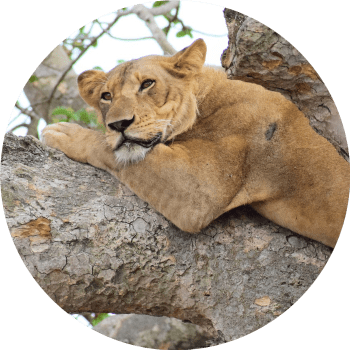
Home to large populations of tree-climbing lions
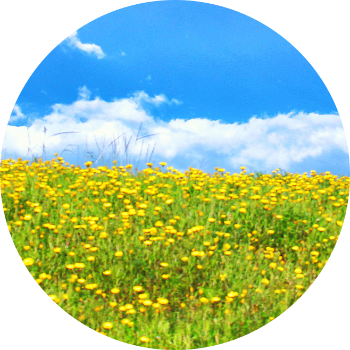
Over 600 flowering plants and fern species documented
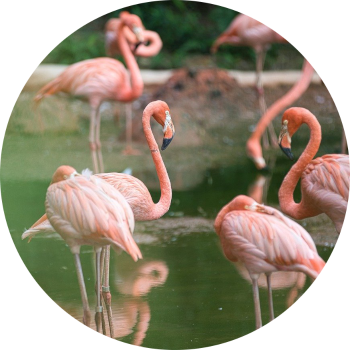
Known for its flocks of thousands of flamingos
BEST TIME TO GO
Like most parks in Tanzania’s northern circuit, the best time to visit Lake Manyara is during the dry months. It’s usually a lot easier to spot wildlife during this period.

BEST WEATHER
The best weather for safari falls during the dry season (June to October) when you can be out all day in the wild and not have to worry about rainfall ruining your fun
WORST WEATHER
If the dry season offers the best safari weather, then the worst weather will be during the rainy season (March and April)
BEST TIME
The best time to visit Lake Manyara is from June to October. The shoulder season (January to February) may also be ideal
HIGH SEASON
Lake Manyara’s high season falls between June and October. Expect the park to be crowded at this time
LOW SEASON
Lake Manyara’s low season is also Tanzania’s rainy season (March and April). Parks are generally less populated and fees are usually cheaper
ABOUT LAKE MANYARA
Situated between Lake Manyara and the Great Rift Valley, Lake Manyara National Park is a protected area in Tanzania’s Arusha and Manyara Regions. It covers an area of 325 km sq including about 230 km sq lake surface. The flora of Lake Manyara National Park is diverse and there are a few rare or endemic species. With a variety of diverse habitats, the River flowing off the escarpments and perennial springs below the rift wall support tall, evergreen groundwater forest dominated by Trichilia Roka, sycamore fig, quinine tree, and forest toad-tree.
Large populations of migratory mammals that are concentrated primarily in Tarangire National Park but also move through Lake Manyara National Park include zebra, wildebeest, Thompson’s and Grant’s gazelle. Predators include lion, leopard, African wild cat, spotted hyena, black-backed jackal, bat-eared fox, and so much more.
LAKE MANYARA TRIPS
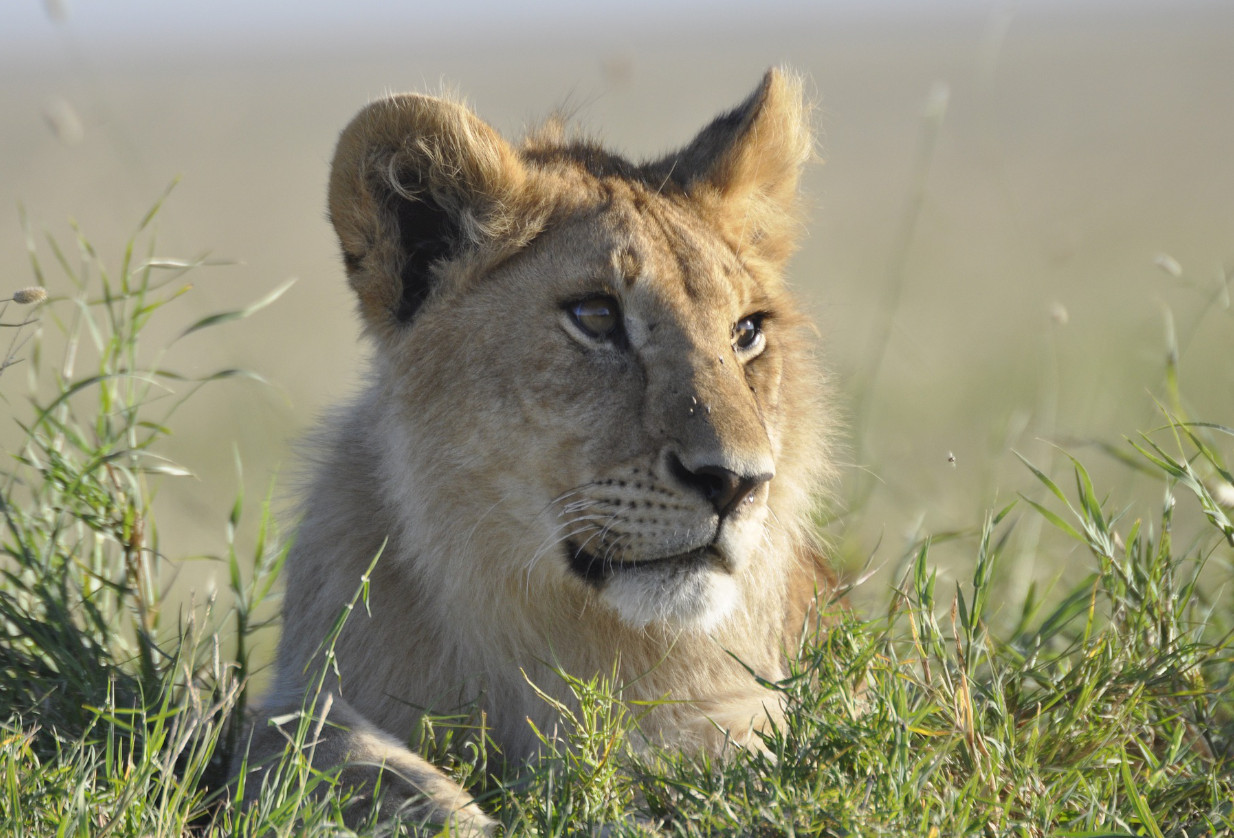
6 Days / 5 Nights Lake Manyara / Serengeti / Ngorongoro / Tarangire
- Lake Manyara National Park
- Serengeti National Park
- Ngorongoro Crater
- Tarangire National Park
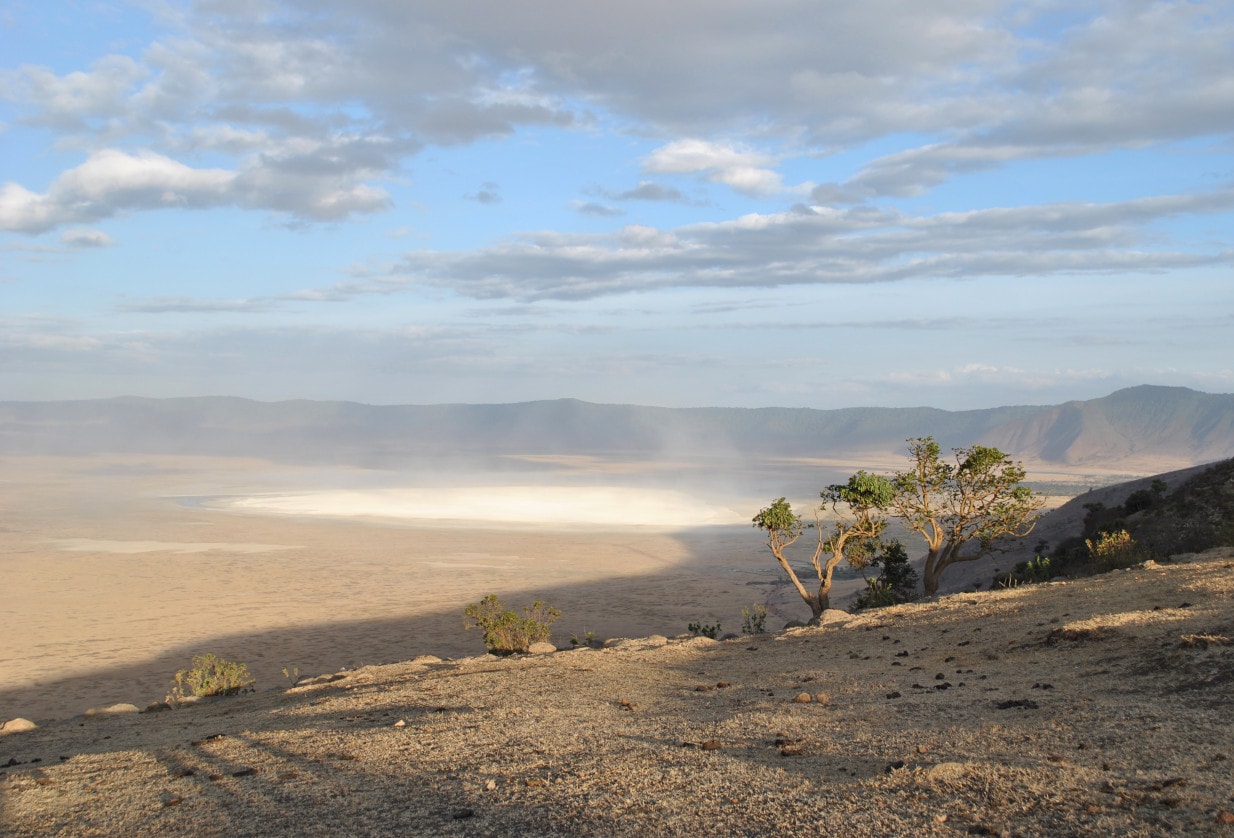
3 Days / 2 Nights Tarangire / Lake Manyara / Ngorongoro Crater
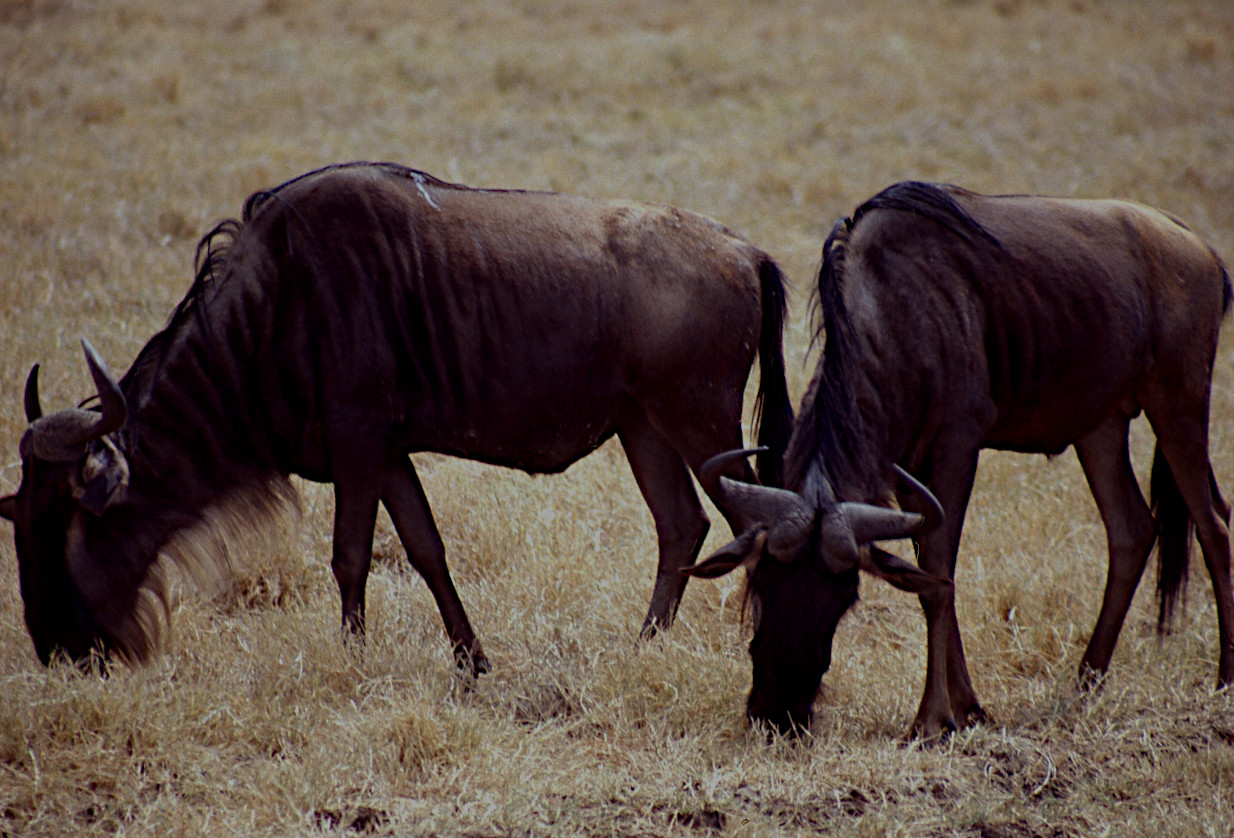
4 Days / 3 Nights Lake Manyara / Serengeti / Olduvai / Ngorongoro
- Lake Manyara National Park
- Serengeti National Park
- Olduvai Gorge
- Ngorongoro Crater